Search

Ready, Set, Manage Hay Differently
Feed is expensive and sometimes hard to find. Pasture prices, harvest expenses, hauling and waste add to the total feed bill. Evaluate your forage situation this winter and make changes that improve your profitability.
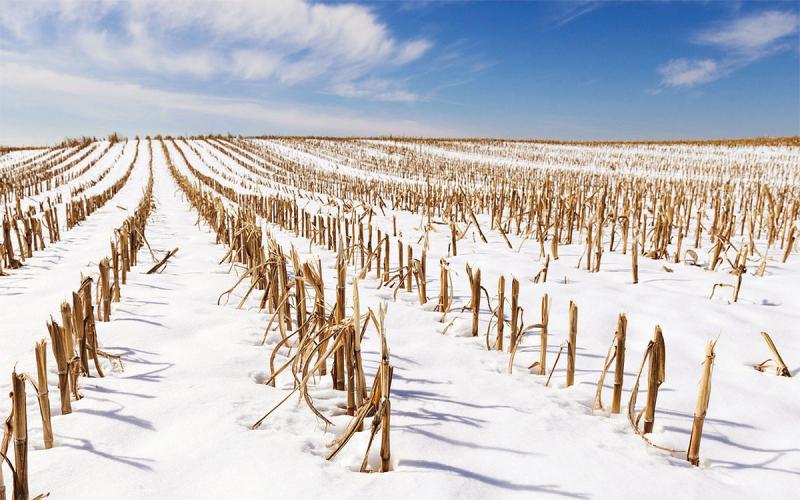
SDSU Extension to Host Winter Agronomy Road Show
January 14, 2022
SDSU Extension will offer in-person agronomy clinics this winter at four different locations across the state. Kicking off Jan. 28 in Aberdeen, each location will have content that is customized to growers and agribusiness professionals in that area.
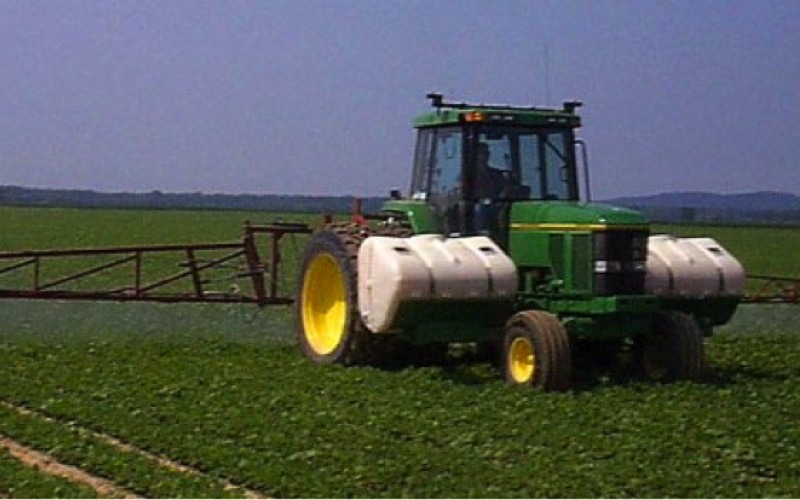
Foliar Fertilization for Soybeans
There has been much press and interest for foliar fertilization of soybean - especially for micronutrients based on plant analysis. In general, foliar fertilization has not proven effective unless there is severe deficiency of a particular nutrient.
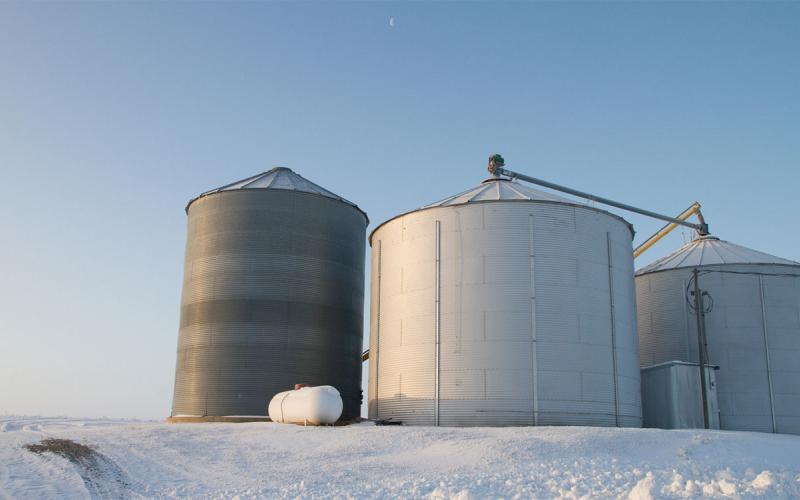
Forecasted Cold Temperatures Can Be Used To Cool Down Stored Grain
If temperatures are forecasted as being well below freezing, it would probably be a good time to start thinking about cooling stored grain. Cooling grain reduces the activity of stored grain insect pests and suppresses any mold growth that may otherwise occur.
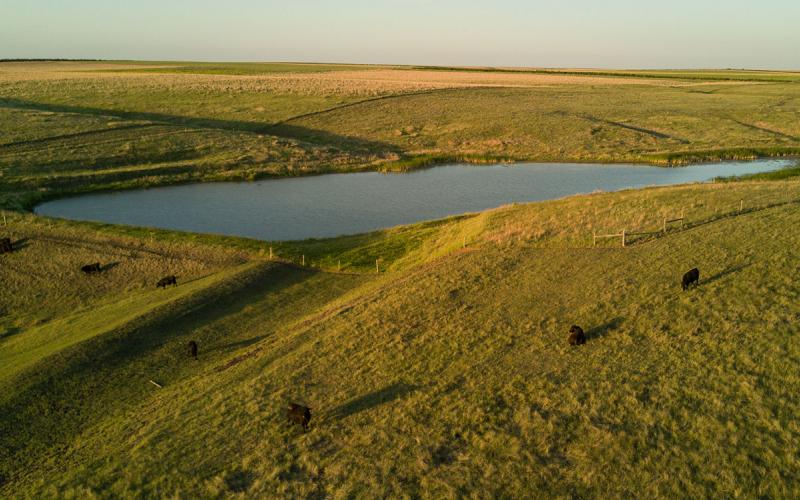
Cool-Season Grasses of South Dakota
Fact sheet about cool-season grasses in South Dakota.
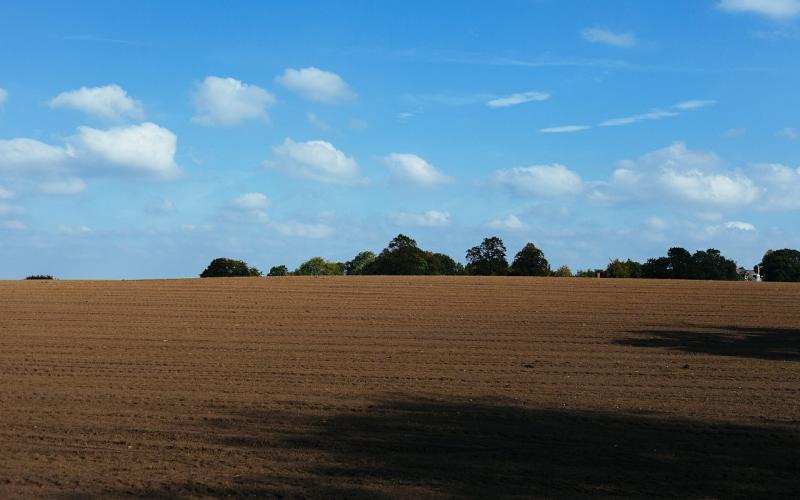
Nitrogen Credit: The Rest of the Story
We have all been programmed to think of soybean as fixing nitrogen from the atmosphere and adding nitrogen to the soil. The SDSU lab and most other labs give nitrogen “credit” when another crop follows soybeans.

SDSU Extension Seeks Participants for Farm and Ranch Stress Assistance Network Focus Groups
January 27, 2022
SDSU Extension invites individuals involved in farming, ranching and agriculture to participate in a statewide comprehensive needs assessment on farm/ranch stress and mental health.
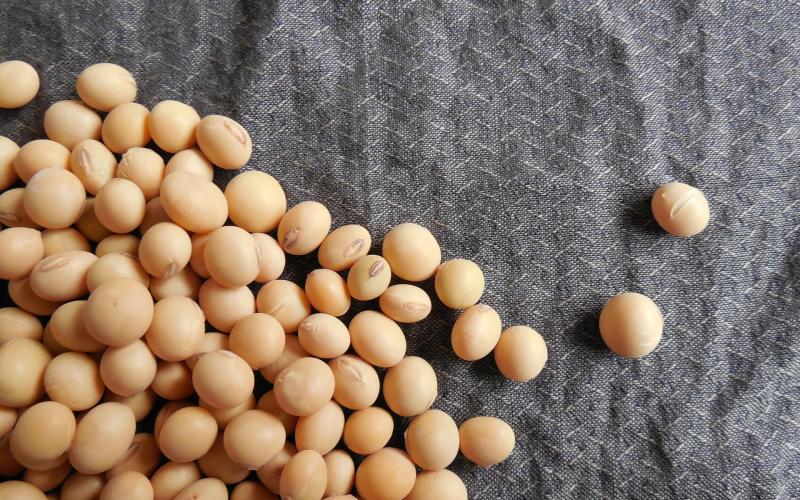
Glyphosate Resistance in Soybeans
Many weeds have developed glyphosate resistance in the past few years. Many producers who use Roundup Ready soybeans have a temptation to rely on glyphosate products to control post-emergent weeds, causing them to potentially become resistant to the chemical. If producers are unable to gain control over the weed, then weed competition will cause a significant yield loss.
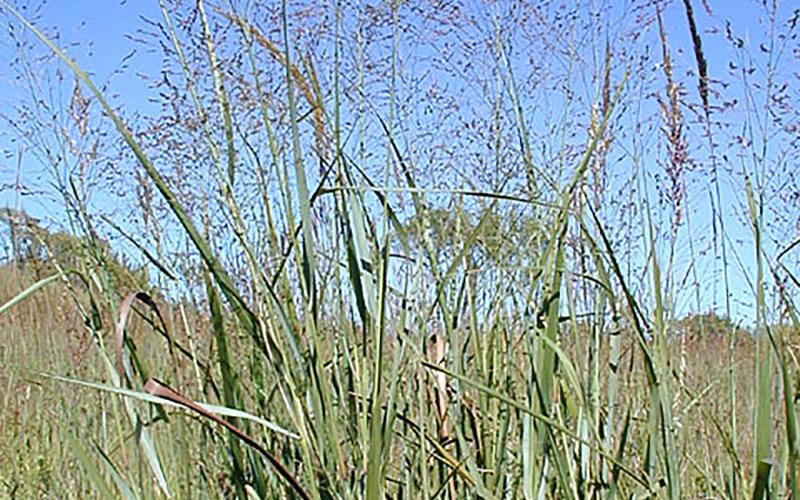
Warm-Season Grasses of South Dakota
Fact sheet about warm-season grasses in South Dakota.
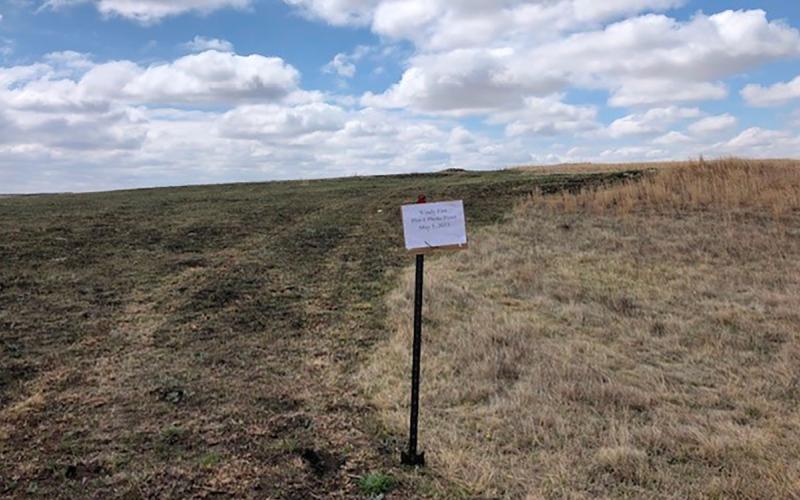
Range Roundup: Dormant Season Wildfire Project in Northwestern South Dakota
Two of the main environmental conditions that drive post-wildfire rangeland recovery include health of the rangeland ecosystem prior to the wildfire and climatic variables, such as precipitation or drought after the fire event.